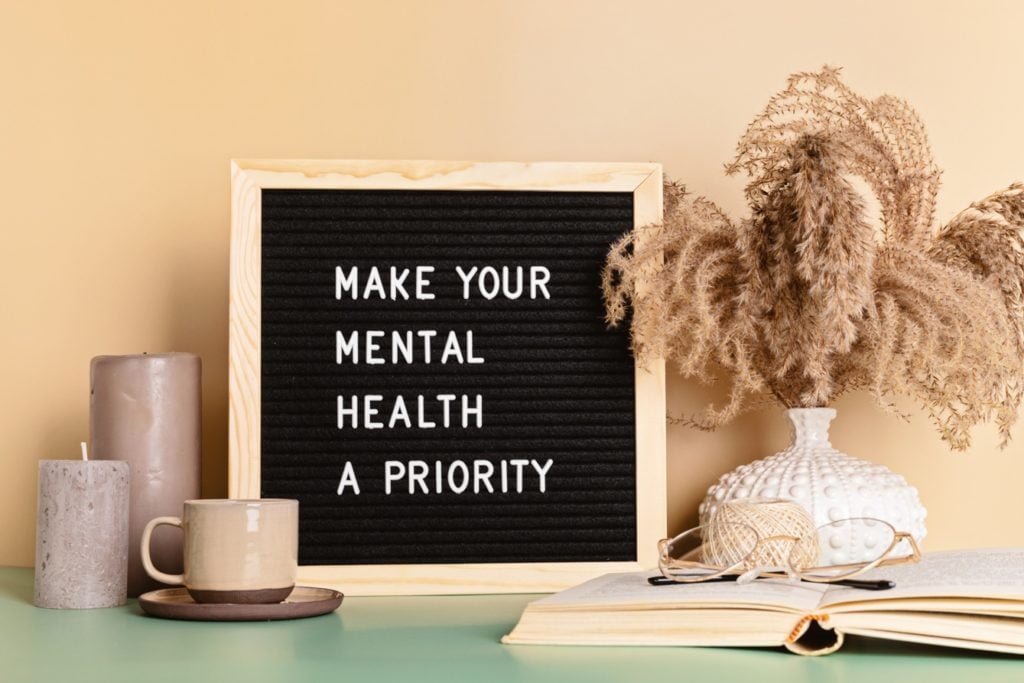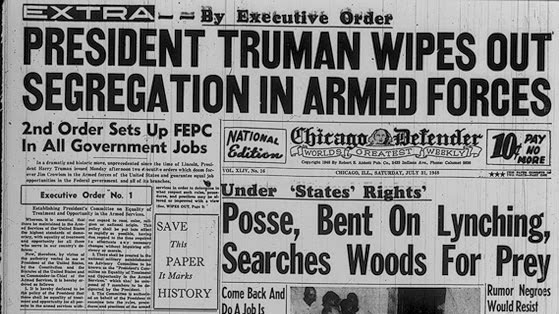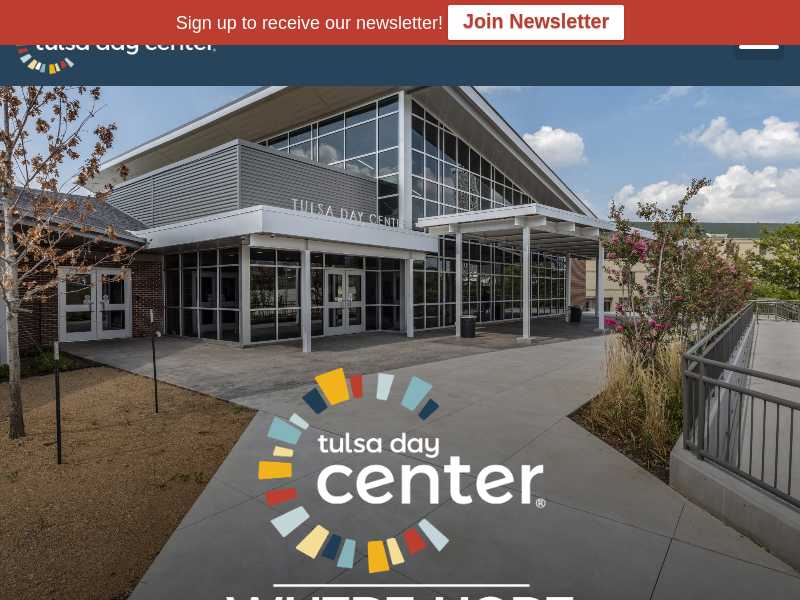Effective Strategies For Mental Health Literacy Education

Table of Contents
Understanding the Needs of Your Target Audience
Creating effective mental health literacy programs requires a deep understanding of your target audience. Ignoring the unique needs of different groups will severely limit the impact of your efforts. Tailoring your approach is key to ensuring your message resonates and empowers individuals to seek help when needed.
Age-Appropriate Approaches
The way you communicate about mental health needs to change depending on the age group.
-
Mental health education for children: Use interactive games, age-appropriate stories, and simple language to introduce basic concepts like emotions and coping mechanisms. Focus on building resilience and fostering positive self-esteem.
-
Adolescent mental health awareness: Employ open discussions, group activities, and multimedia resources to address common adolescent challenges like stress, anxiety, and peer pressure. Create a safe space for sharing experiences and promoting peer support.
-
Adult mental health programs: Offer workshops, seminars, and online resources covering a wider range of mental health conditions and treatment options. Include opportunities for peer support, skill-building, and self-care strategies.
It's crucial to remember that the language used and the delivery method should be tailored to each age group's developmental stage and understanding. What works for a child won't necessarily work for an adult, and vice versa.
Cultural Sensitivity and Inclusivity
Culturally competent mental health education is paramount. Ignoring cultural backgrounds and beliefs can lead to misunderstandings and ineffective communication.
-
Culturally competent mental health education: Incorporate diverse perspectives and experiences into your programs. Avoid generalizations and stereotypes. Use culturally sensitive materials and language.
-
Inclusive mental health programs: Ensure your programs are accessible to individuals with disabilities and from diverse linguistic and socioeconomic backgrounds.
-
Reducing stigma in mental health: Actively address cultural beliefs and practices that contribute to stigma surrounding mental health. Promote understanding and empathy. Highlight the strengths and resilience within different cultural groups.
Designing inclusive and culturally sensitive programs is vital for reaching a broader audience and fostering trust and engagement.
Engaging and Effective Educational Methods
The methods you use to deliver mental health literacy education are just as important as the content itself. Engaging and interactive approaches are much more effective than passive lectures.
Interactive Workshops and Group Discussions
Hands-on learning and peer-to-peer interaction are highly effective.
-
Interactive mental health workshops: Use role-playing exercises to simulate real-life scenarios and practice coping skills. Incorporate case studies to illustrate concepts and promote critical thinking.
-
Group discussions on mental health: Create a safe and supportive environment for sharing experiences and perspectives. Facilitate open communication and encourage active participation.
-
Mental health training: Offer comprehensive training for educators, healthcare professionals, and community leaders to equip them with the knowledge and skills to deliver effective mental health literacy programs.
Interactive workshops and group discussions provide opportunities for participants to learn from each other, build confidence, and develop a sense of community.
Utilizing Technology and Digital Resources
Technology can significantly extend the reach of your mental health literacy education efforts.
-
Online mental health education: Develop online courses, webinars, and e-learning modules to reach a wider audience and offer flexible learning opportunities.
-
Mental health apps: Utilize apps and mobile technologies to provide easily accessible information, self-assessment tools, and support resources.
-
Digital mental health resources: Leverage social media platforms to raise awareness, share information, and connect individuals with support services.
Digital resources offer convenience and accessibility, making mental health information readily available to a diverse population.
Integrating Mental Health Literacy into Existing Curricula
Integrating mental health education into existing systems is a powerful strategy.
-
School mental health programs: Incorporate mental health literacy into school curricula at all levels to normalize discussions about mental health and build resilience among young people.
-
Workplace mental health initiatives: Implement workplace training programs to promote mental health awareness, reduce stigma, and support employee well-being.
-
Community mental health education: Partner with community organizations and leaders to deliver mental health literacy programs tailored to the specific needs of the community.
By integrating mental health literacy into existing structures, you make it a routine part of life, reducing stigma and encouraging help-seeking behaviors.
Measuring the Impact of Mental Health Literacy Education
Evaluating the effectiveness of your mental health literacy programs is crucial for ensuring they achieve their goals.
Assessment Tools and Evaluation Methods
Measuring the impact requires robust assessment tools and evaluation methods.
-
Mental health literacy assessment: Utilize pre- and post-program assessments to measure changes in participants' knowledge, attitudes, and behaviors related to mental health.
-
Evaluation of mental health programs: Employ a mixed-methods approach, combining quantitative data (e.g., survey results) with qualitative data (e.g., focus group discussions) to gain a comprehensive understanding of program impact.
-
Measuring impact of mental health education: Track key indicators such as increased help-seeking behaviors, reduced stigma, and improved mental health outcomes.
Regular evaluation allows for program refinement and improvement.
Data Collection and Analysis
Effective data collection and analysis are essential for understanding the effectiveness of your programs.
-
Mental health data analysis: Use statistical methods to analyze quantitative data and identify trends and patterns.
-
Mental health program evaluation: Use qualitative data analysis techniques (e.g., thematic analysis) to identify key themes and insights from participant feedback.
-
Measuring effectiveness of mental health education: Compare pre- and post-intervention data to determine the impact of your program on participants' knowledge, attitudes, and behaviors.
Analyzing the data gathered will provide valuable insights into what works and what needs improvement.
Conclusion: Promoting Effective Strategies for Mental Health Literacy Education
By implementing effective strategies for mental health literacy education, we can create a more informed and supportive environment for everyone. We've explored the importance of tailoring approaches to different age groups, utilizing diverse and engaging educational methods, and measuring program impact. Effective strategies for mental health literacy education are essential for breaking down stigma, promoting help-seeking behaviors, and improving overall mental well-being. The benefits extend to individuals, families, communities, and society as a whole. Start building a more mentally healthy community today by implementing these effective strategies for mental health literacy education in your own sphere of influence – your school, workplace, or community.

Featured Posts
-
 Crooks Office365 Infiltration Results In Multi Million Dollar Theft Fbi Investigation
May 02, 2025
Crooks Office365 Infiltration Results In Multi Million Dollar Theft Fbi Investigation
May 02, 2025 -
 More School Desegregation Orders Expected To End Legal Experts React
May 02, 2025
More School Desegregation Orders Expected To End Legal Experts React
May 02, 2025 -
 Tulsa Homeless Crisis The Tulsa Day Centers Observations
May 02, 2025
Tulsa Homeless Crisis The Tulsa Day Centers Observations
May 02, 2025 -
 Saudi Arabias Abs Market Opens A Rule Change Bigger Than Spain
May 02, 2025
Saudi Arabias Abs Market Opens A Rule Change Bigger Than Spain
May 02, 2025 -
 Call For Change Nvidia Ceos Appeal On Ai Chip Export Restrictions
May 02, 2025
Call For Change Nvidia Ceos Appeal On Ai Chip Export Restrictions
May 02, 2025
